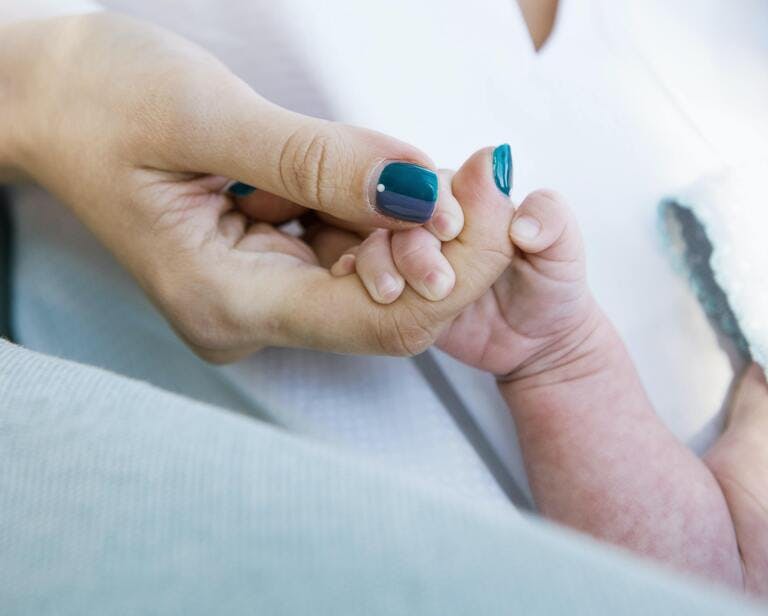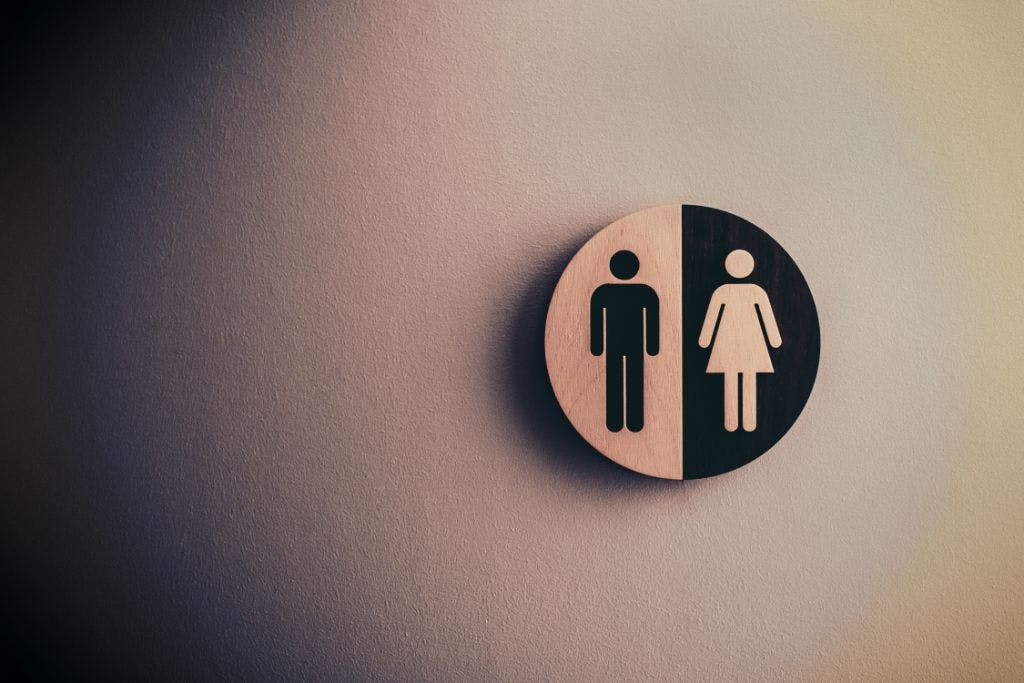First published on Monday, Jun 08, 2020
Last updated on Wednesday, Jun 19, 2024
The Equality Act 2010 establishes nine ‘protected characteristics’ that you can’t discriminate against. But it’s not quite as simple as that.
You can still discriminate against someone even if they’re not the one with the protected characteristic. This is called associative discrimination.
Still with us? We know it sounds like a lot of legal speak. That’s why we’re going to explain what associative discrimination is and give examples of it in the workplace.
Direct and associative discrimination
Before we do though. It’s important that we explain a little bit about direct discrimination. This is because associative discrimination is a form of direct discrimination.
According to the Equality Act—yes, that law again—direct discrimination is when you treat someone differently because of who they are. For example, not employing someone because they are disabled is direct discrimination.
There are nine protected characteristics that it’s unlawful to directly discriminate against:
- Age
- Disability
- Gender reassignment
- Marriage and civil partnership
- Pregnancy and maternity
- Race
- Religion and belief
- Sex
- Sexual orientation
Now that you’ve got the basics, we can look into how associative discrimination fits into all this.
What is associative discrimination?
Associative discrimination (or discrimination by association) is when you treat someone unfairly because of someone else’s protected characteristic. This could be a friend, spouse, partner, parent or anyone with whom they associate.
For example, not employing a mother because she has a disabled child is associative disability discrimination. The mother could file a tribunal claim if she believes the only reason you didn’t employ her was that of her child’s disability.
It’s important to know that associative discrimination doesn’t apply to all protected characteristics. The legislation doesn’t cover marriage and civil partnerships, nor pregnancy and maternity.
Now that you know what associative discrimination is, let’s take a look at the different forms it can come in.
Examples of discrimination by association
Associative sexual orientation discrimination
John and his manager are talking about what they did at the weekend. John mentions that he went to a gay pride event with some friends. His manager knows that John’s not gay but starts to treat him less favourably than his other colleagues.
This could be an example of associative discrimination as John’s manager is treating him differently due to his association with gay people. Even though John himself isn’t gay, his friends are and the law protects against the discrimination of sexual orientation.
Associative racial discrimination
Sarah, who’s about to receive a promotion at work, bumps into her manager while out shopping. She introduces her manager to her boyfriend who is black. Her manager starts to treat Sarah differently after this and promotes someone else instead of her.
Sarah could complain about associative discrimination in this case. This is because her manager only starts to treat her unfairly—by not promoting her—after meeting her boyfriend. Sarah could argue that this is direct racial discrimination because of her association with her boyfriend.
Associative disability discrimination
Jane applies to enrol her daughter Daisy into her local nursery. But she’s disappointed to hear that she doesn’t get a place. Jane was hoping to take her younger son (who’s autistic) to the same nursery as it has a policy of automatically offering places to siblings.
Jane could have a case for associative discrimination. She could claim that the nursery, knowing that they would have to accept her younger son, rejected Daisy to make sure they didn’t have to care for a disabled child.
Have a question?
Ask away, we’ve got lightning fast answers for UK business owners and employers powered by qualified experts.










